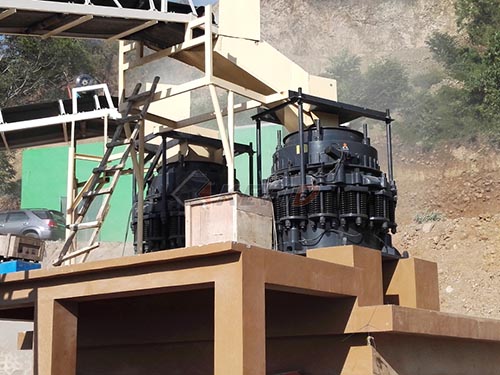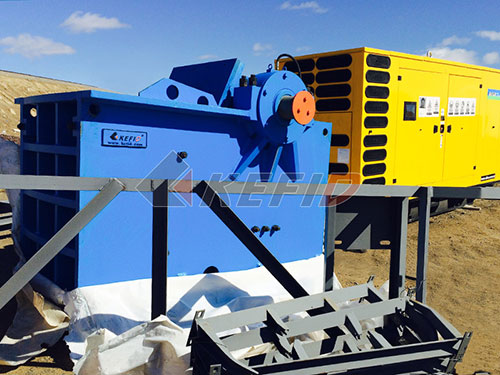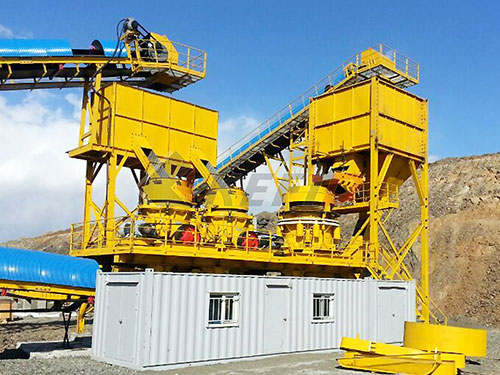The Bedrock of Progress: Understanding Qatar’s Crushed Stone Supply Chain

Qatar’s skyline, a breathtaking tapestry of shimmering glass, soaring steel, and audacious architectural forms, stands as undeniable proof of its relentless transformation. From the iconic towers gracing Doha’s West Bay to the sprawling infrastructure projects connecting communities and the monumental stadiums that hosted the world during the FIFA World Cup 2022, this nation is in a perpetual state of ambitious construction. Yet, beneath this visible spectacle of modern engineering lies a fundamental, often unseen component: crushed stone. This essential aggregate forms the literal bedrock upon which Qatar’s progress is built, providing strength, stability, and durability to every structure and roadway.
For developers, contractors, engineers, and project managers navigating Qatar’s dynamic construction landscape, securing a reliable supply of high-quality crushed stone isn’t just a procurement task – it’s a critical strategic decision impacting project timelines, budgets, structural integrity, and ultimately, success. Understanding the intricacies of Qatar’s crushed stone supply chain is paramount.
The Engine Room: Qatar’s Construction Boom & Aggregate Demand
Qatar’s construction sector remains one of the most vibrant globally, driven by several powerful forces:
1. National Vision 2030: This overarching blueprint propels massive investments in infrastructure (transportation networks like metros and expressways), education (new universities and schools), healthcare (specialized hospitals), tourism (luxury resorts and cultural destinations like museums), and economic diversification hubs (free zones like Ras Bufontas and logistics parks).
2. Post-World Cup Development: The legacy of hosting major events continues with stadium repurposing (community hubs, hotels), surrounding precinct development (Lusail City expansion), and enhanced tourism infrastructure.

3. Population Growth & Urbanization: Sustained population growth necessitates continuous expansion in housing (affordable housing projects), commercial spaces (office towers, retail malls), utilities (sewerage networks like the Inner Doha Re-sewerage Implementation Strategy – IDRIS), and social facilities.
4. Economic Diversification: Major industrial projects within sectors like petrochemicals (Ras Laffan expansions), manufacturing (Qatar Free Zones Authority initiatives), logistics (Hamad Port expansion), and technology require robust supporting infrastructure.
This relentless activity translates into an insatiable demand for construction aggregates – sand, gravel, but most critically for foundational strength and concrete production – crushed stone. Estimates consistently place Qatar among the highest per capita consumers of aggregates globally.
Cr

Leave a Reply